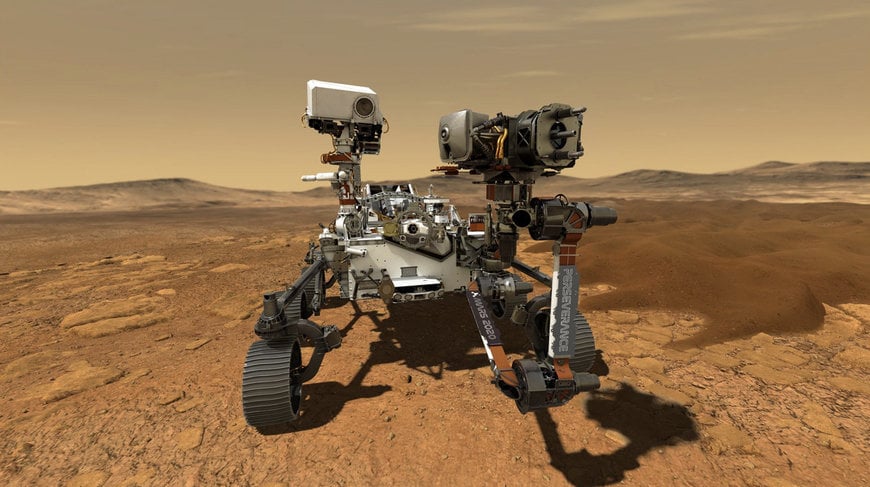www.magazine-industry-usa.com
01
'21
Written on Modified on
AMETEK PDT Partners with NASA’s Jet Propulsion Laboratory
AMETEK PDT Partners with NASA’s Jet Propulsion Laboratory to Provide Thermal Management Systems for the Perseverance Rover on Mars.

The business supplied three pumping units to ensure safe thermal management of mission-critical spacecraft equipment.
AMETEK Pacific Design Technologies (PDT) is proud to have contributed to NASA’s Perseverance Rover, which successfully landed on Mars last Thursday, Feb. 18. PDT provided three Integrated Pumping Units that circulate a heat transfer liquid through the rover during its journey, acting as a cooling system and ensuring safe thermal management of mission-critical spacecraft equipment. The units include redundant pumps, controllers, thermal control valves, accumulators, filters, check valves, and sensors.
“PDT is extremely proud to support NASA’s Jet Propulsion Laboratory (JPL) on the Perseverance Rover program,” says Mike Brown, PDT’s Vice President and Business Manager. “The successful landing and operation of Perseverance is the latest milestone in a long, productive relationship between JPL and PDT, starting more than 25 years ago with the first Mars rover, Pathfinder. Our deep space active cooling technology has continually supported JPL’s missions, including its upcoming venture to Europa, a moon of Jupiter, which is anticipated to launch in 2024.”
PDT previously provided its Integrated Pumping Units to JPL for the Curiosity Rover, the predecessor to Perseverance that journeyed to Mars in 2011 and is still in operation. Despite being designed to last only two years, PDT’s units on Curiosity continue to operate a decade later. Now, with the Perseverance mission, PDT is the only company in the world to have two active cooling systems in operation on another planet.
Intended for astrobiology research, including the search for signs of ancient microbial life, the Perseverance Rover is equipped with an array of sophisticated science instruments to conduct detailed examinations of the Martian surface. According to NASA’s press release, the rover will spend two years investigating Mars’ Jezero Crater, examining “rock and sediment of Jezero’s ancient lakebed and river delta to characterize the region’s geology and past climate.”
www.ametek.com

